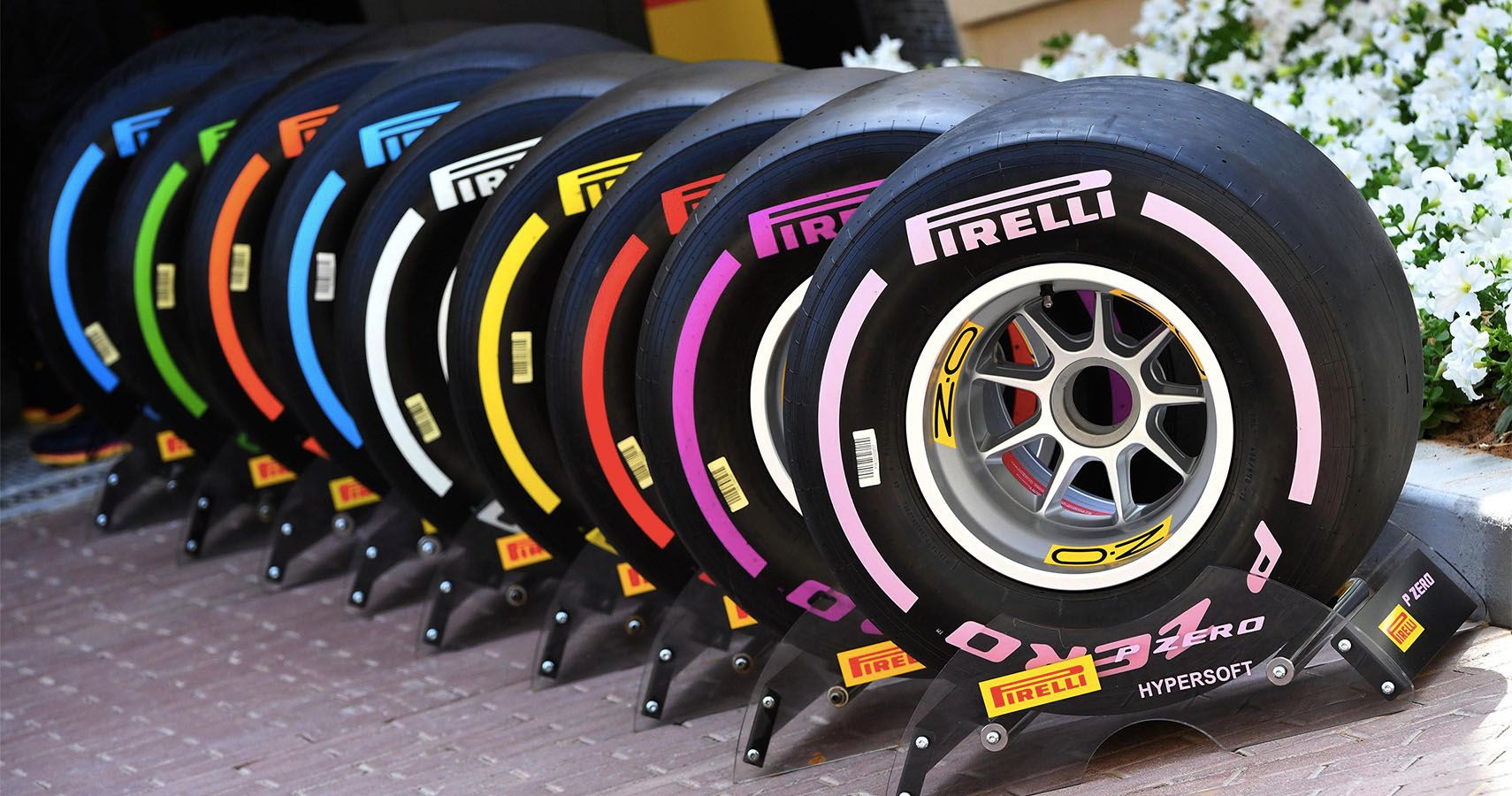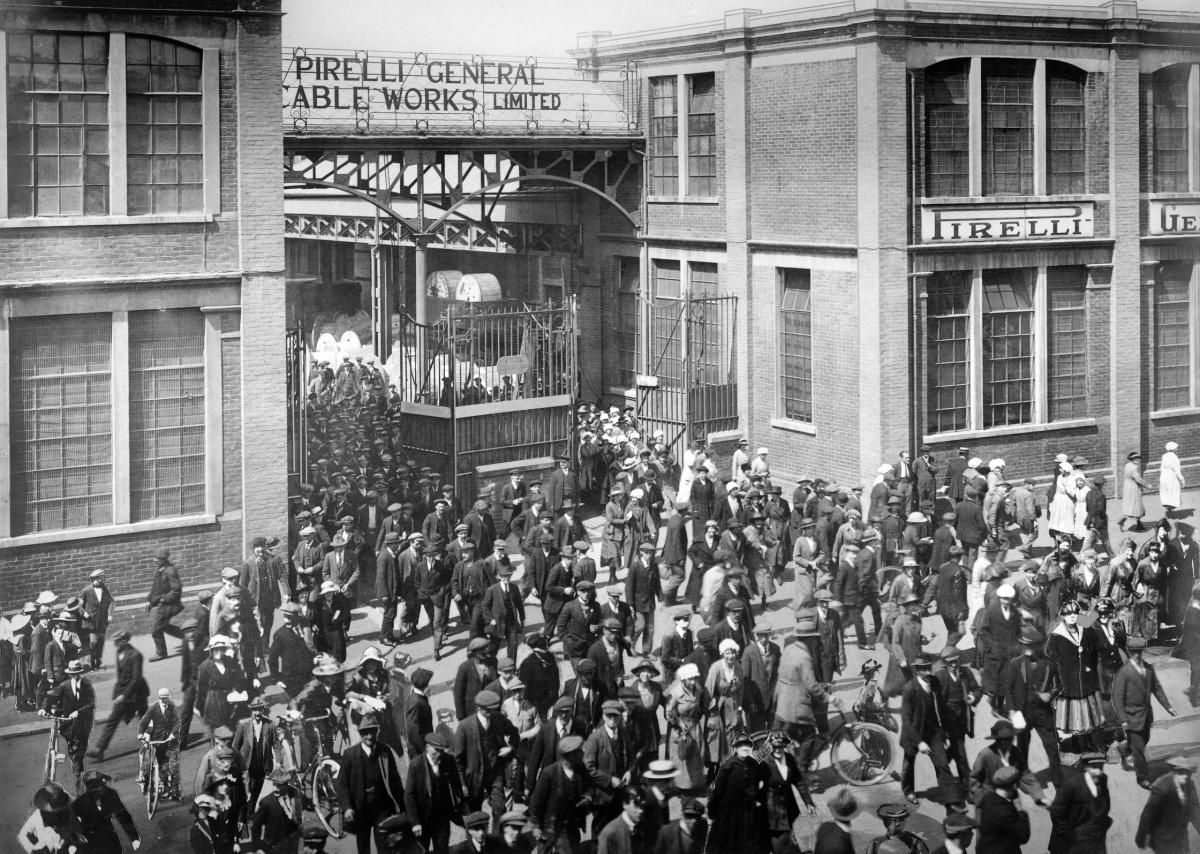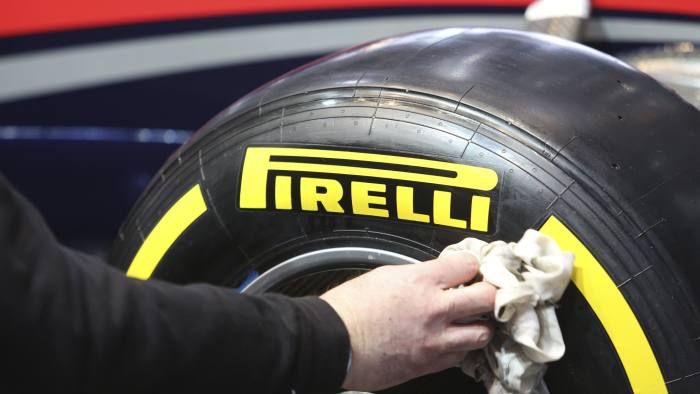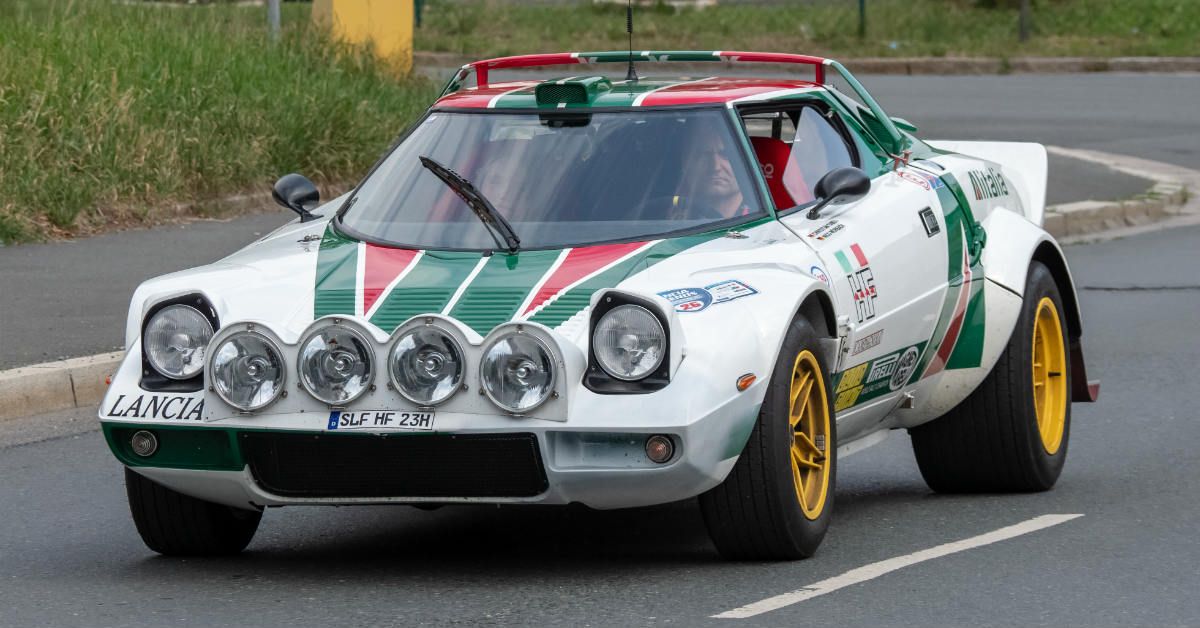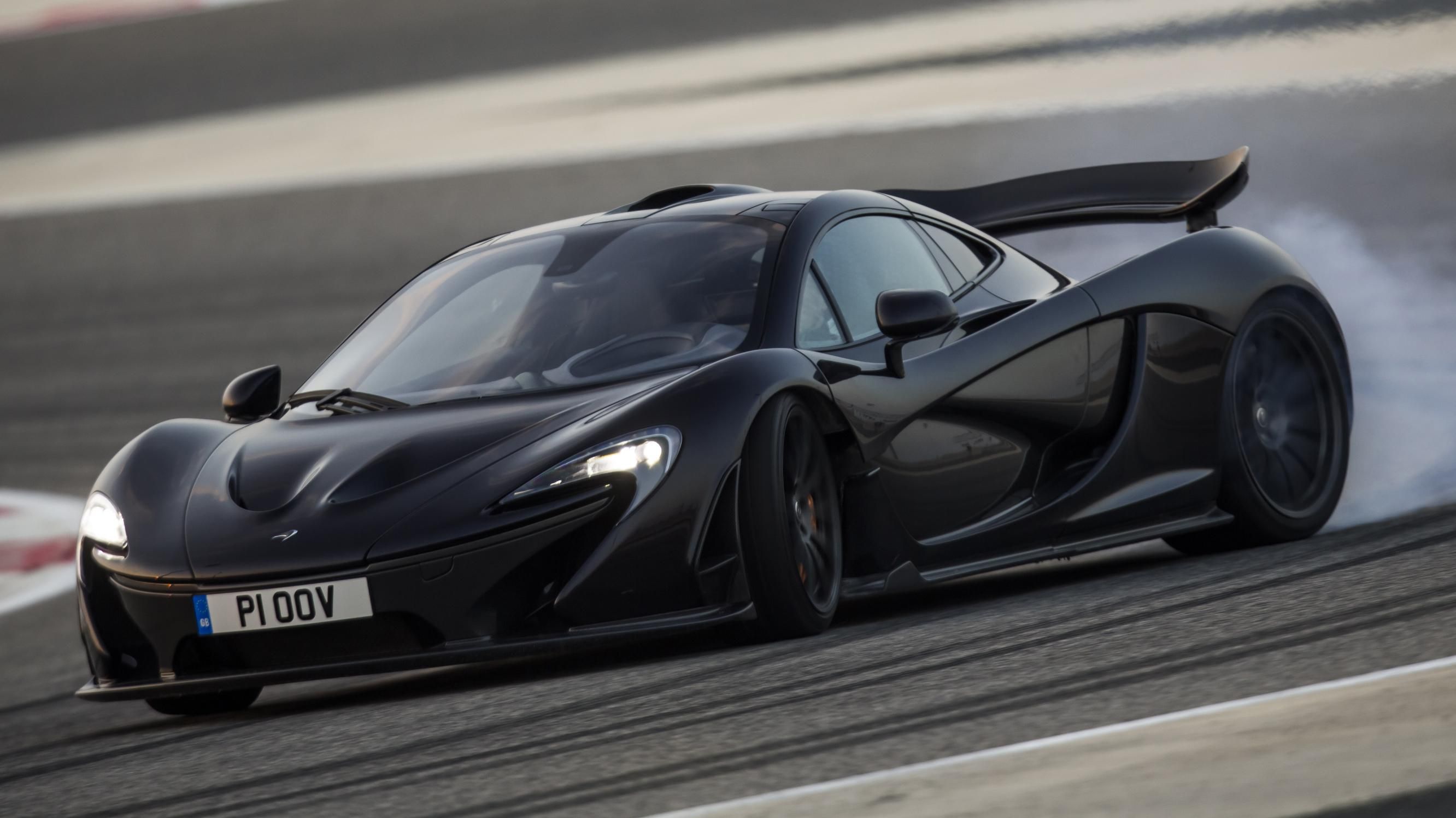Over the last nearly 150 years, Pirelli has worked to become a household name across the globe. Even if someone knows little about cars, the elongated "P" is unmistakably associated with the gold standard in tire manufacturing. But how did it get to this point? And after years of countless new competitors trying to stake their claims for the throne, how does this old dog still find ways to separate itself from the pack? Looking back, it's clear that Pirelli's knack for innovation seems to always keep it a few steps ahead.
The Beginning Of Pirelli
Giovanni Battista Pirelli started G.B. Pirelli & C. in 1872, six years after fighting in the Austro-Prussian War and helping Italy reclaim Venetia from Austrian rule. A year later, the company was liquidated and Pirelli & C. was born. The group soon built a rubber factory, which is regarded as the first in Italy.
By 1885, the company expanded to rubber bands for carriages; and nine years later, Pirelli stepped into the tire market. Initially making tires for velocipedes, the company produced its first car tires in 1901. The next few decades saw explosion expansion for Pirelli, with the company opening a number of plants from England to Argentina. Though times were changing and the business was growing, Pirelli maintained a passion for motorsport.
Pirelli Motorsport Dominance
Pirelli didn't have to wait long to taste success in racing. The inaugural Grand Prix of the Automobile Club of France 1907 was won by a car using Pirelli tires. It was a sight many would get used to in the decades to come. The company really began to flex its tire know-how in 1924 with the creation of the Superflex. This new, low-pressure line of tires was lighter and felt better on the road, and the results improved accordingly. Using Superflex tires, Gastone Brilli-Peri won the 1925 Italian Grand Prix at Autodromo Nazionale Monza. The win gave Alfa Romeo a Manufacture's World Championship.
The Stella Biance tire was born in 1927. Known for its unique pentagonal tread pattern, the tire helped Tazio Nuvolari win the 1932 Targa Florio.
One of the company's more impactful inventions was that of the low-profile tire. By the 1970s, car manufactures realized the benefit of road racing success as a way to boost sales, so cars began to be designed with competition in mind. Around this time, Pirelli discovers a way to boost performance that would prove monumental for motorsport: lowering the shoulder of the tire. The strategy was put to the ultimate test with the Lancia Stratos, a now-iconic rally racer too powerful for tire technology at the time. Only the P7, a "super-low-profile" tire from Pirelli, could match its performance.
Where Pirelli Stands Today
On or off the track, Pirelli's presence is still felt. Many McLaren models, including the MP4-12C and P1, are fitted with custom tires from the legendary manufacturer. In 2011, Pirelli became the sole tire supplier for Formula 1. What started as a three-year agreement between the two parties has now lasted a decade. To focus its efforts solely on Formula 1, Pirelli ended its partnerships with the Grand-Am Rolex Sports Car Series and FIA World Rally Championship.
But the company hasn't completely left everything behind for Formula 1. According to their website, they view the sport as the perfect testing ground to ensure the safety and performance of their tires on and off the track. Though the Formula 1 tires differ greatly from those seen on the road, the data gathered from extensive wear and tear on race day is directly used to make the daily commute safer and more efficient.

